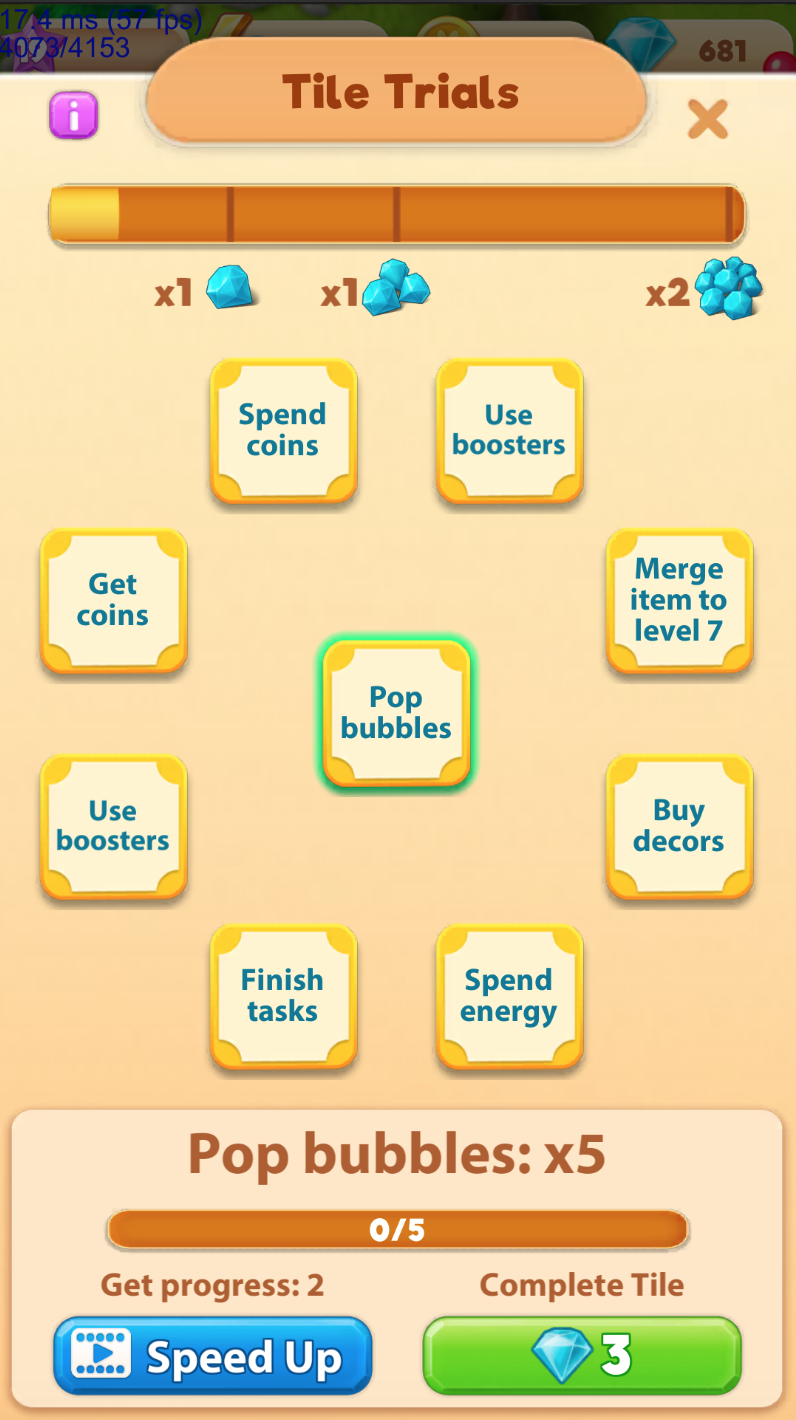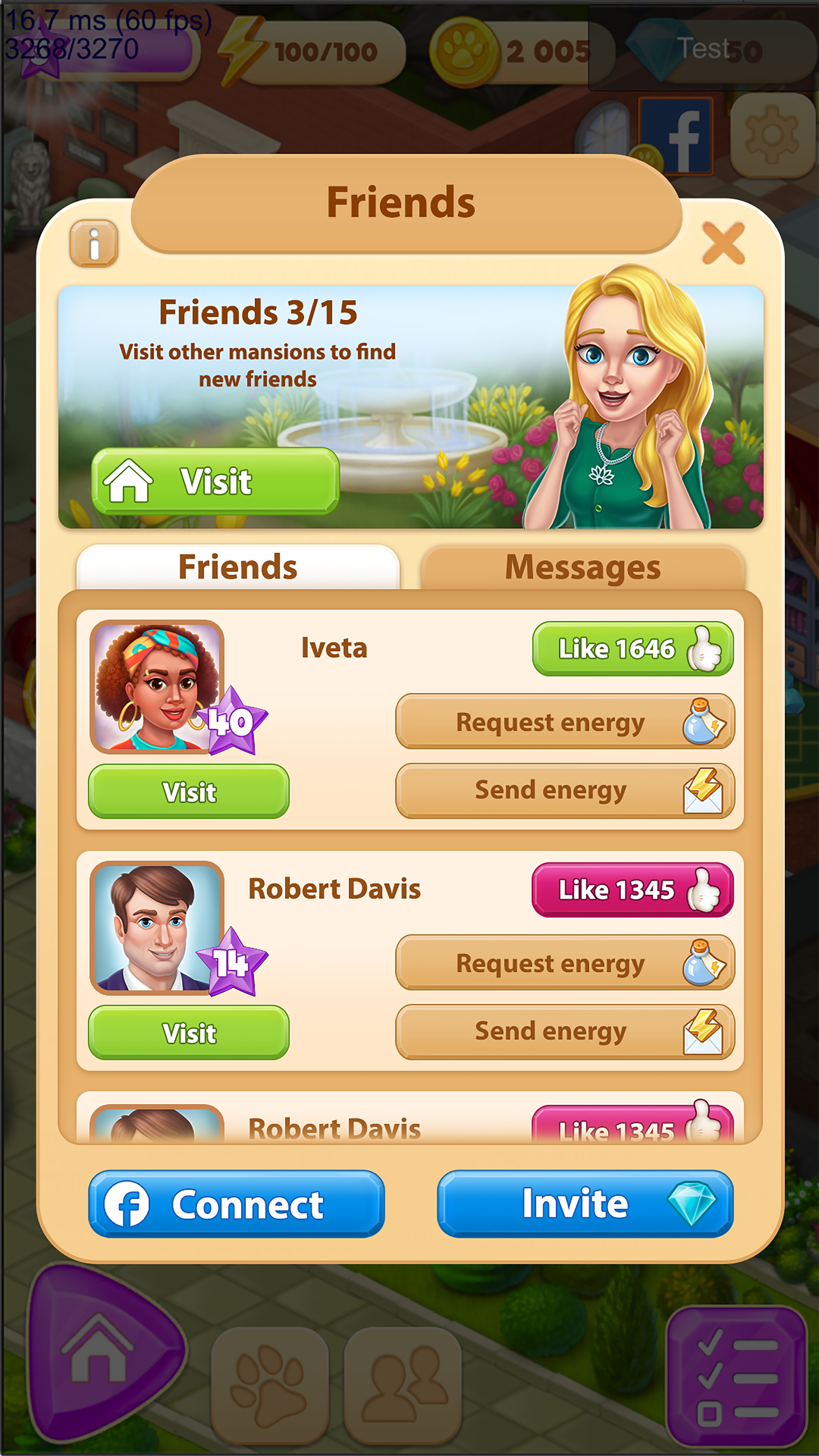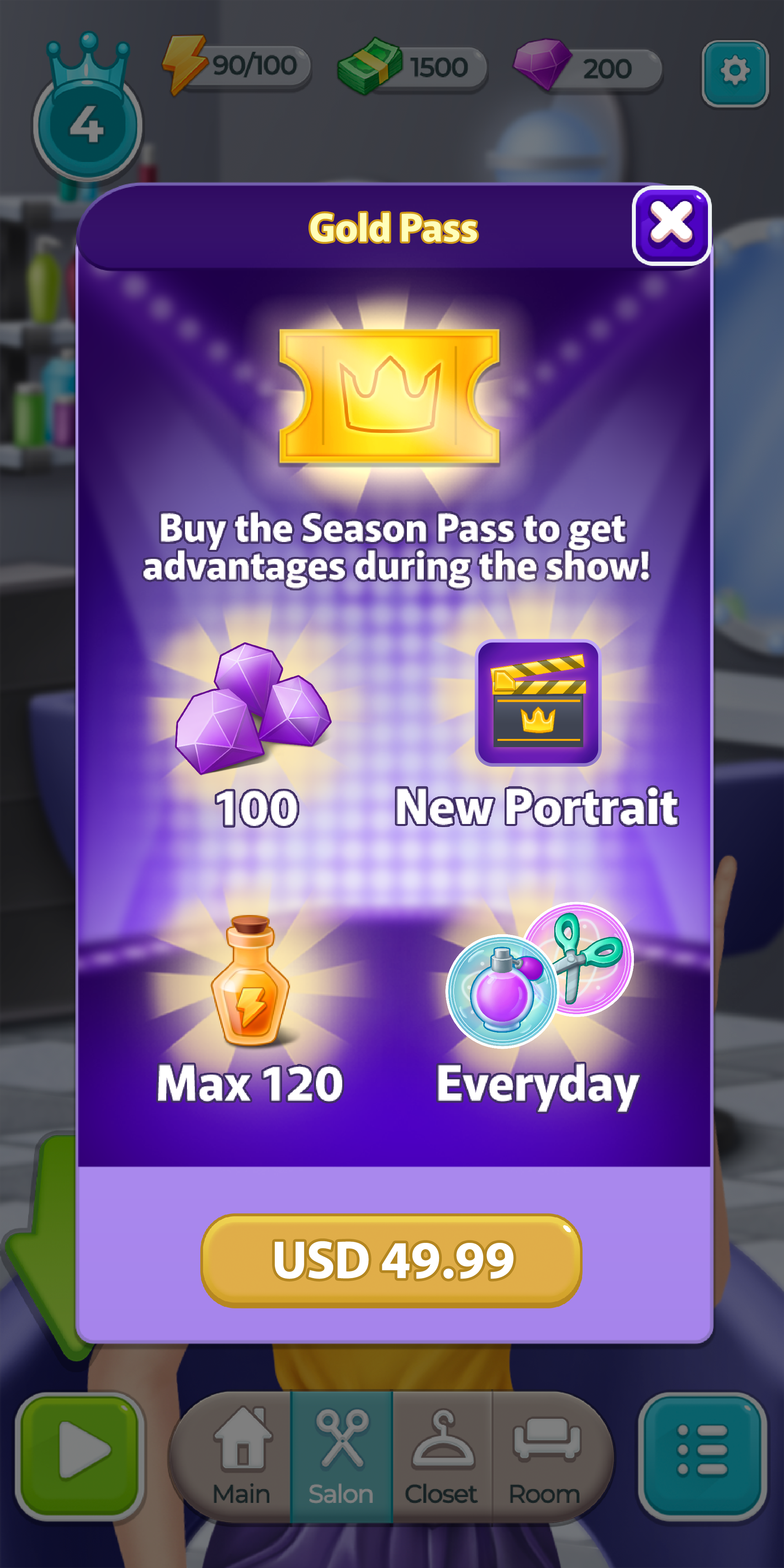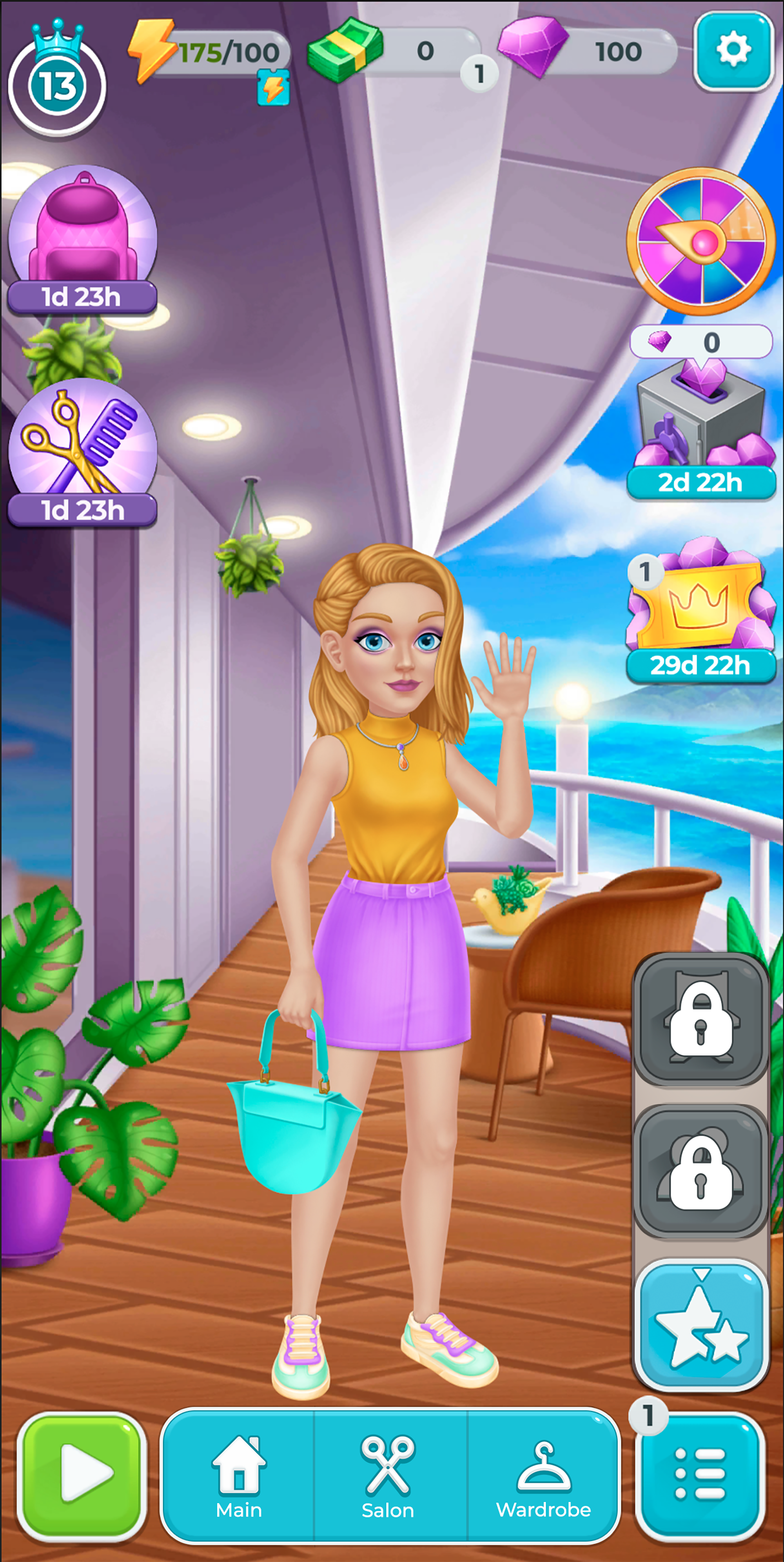The concept of casual style was formed with the development of casual games. Many courses offer programs to study it, and employers require an understanding of it when hiring. In this article, we will analyze what a casual style is and how to work with it.
Casual games are designed for short sessions and are easy to learn thanks to simple mechanics and easy gameplay. The graphics created for this game are characterized by a simple design but bright recognizable thematic objects. These are primarily stylized objects and characters that we are used to calling cartoons. Their peculiarity is that they are easily perceived and remembered.
When developing casual games, the tastes of a broad audience are taken into account in order to create a product that will suit the majority of users. Accordingly, in working with form and color, you need to maintain a balance, keeping gender and age neutrality as much as possible, but at the same time, keep a unique style of the game that will distinguish it from others.
When working in a casual style, you need to pay attention to the following characteristics:
Form
The casual style is aimed at simplification and easy reading. Thus, it is very important to simplify and stylize objects so that without looking at the object, we can understand what it is. For example, if you look at such a simple object as a chest in reality, from a distance, it will look like a block with straight lines, the thickness of the parts will be barely read, and only by looking closely will we understand what exactly the chest is and what material it is made of. Creating such an object in a casual style, the elements that make it recognizable are hyperbolized so that the naked eye can read the object even in silhouette form.
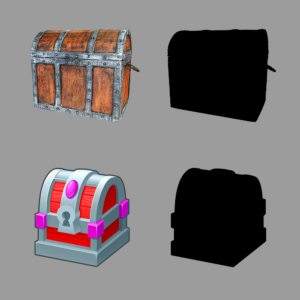
Color
Bright saturated colors are mainly used in casual graphics. It is very rare to find the use of black and pastel shades because the main task of an image in a casual style is to attract attention and be remembered. Just like form, colors are somewhat simplified and exaggerated and are not always true. For example, the leaves of trees or grass, in reality, will not be as bright green as we see in the game, and gold is mainly depicted as yellow, with bright highlights. Also, a widespread technique is the use of cold reflexes on objects. It adds atmosphere and makes the image more interesting.

Detailing
The details are enlarged and thickened to emphasize the texture and shape of the object. The main thing is to make the object recognizable, so very often, it is possible to abandon a believable number of details or to simplify their form as much as possible. For example, depict only two or three buttons on the hero’s jacket instead of six, or remove additional buttons from the cameras, if they do not carry any meaning. Similarly, in wooden elements, cracks will be depicted in smaller numbers but more pronounced, and such thin materials as fabric or paper are depicted much thicker with more pronounced villi.
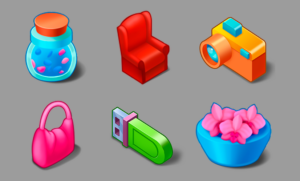
Render
For easy perception, the drawing is mostly soft. There are no contrasting transitions and sharp brush strokes. Everything looks quite smooth and somewhat plasticine.
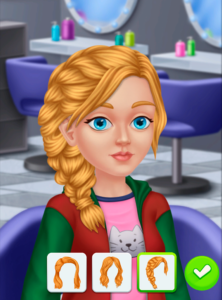
Of course, you also need to consider that each company and game will have its own stylistic features to stand out from the rest. Some games may use a certain angle or stroke for objects, and some will pay more attention to textures and thickness of details. Casual style evolves and changes. Despite its visual simplicity and certain stereotypes, it teaches an understanding of forms and their stylization, how to abandon the superfluous, see the overall picture and at the same time keep it recognizable, unique, and most importantly, interesting and attractive to the player.
author Nataliia Isai

